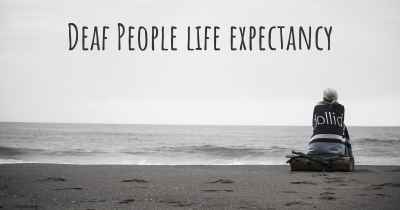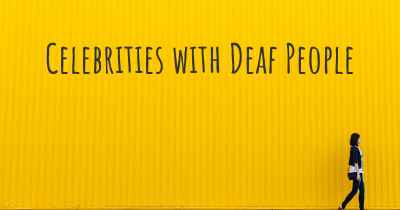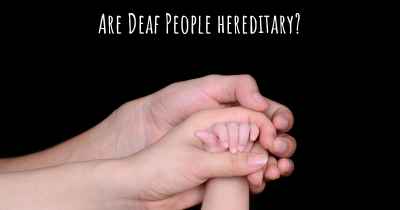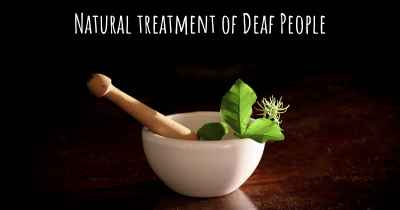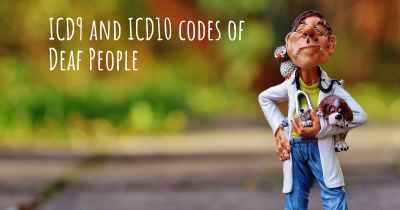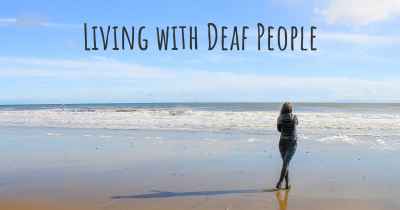Is it advisable to do exercise when affected by Deaf People? Which activities would you suggest and how intense should they be?
See if it is advisable for people with Deaf People to practice sports and which ones are the most recommended if you have Deaf People
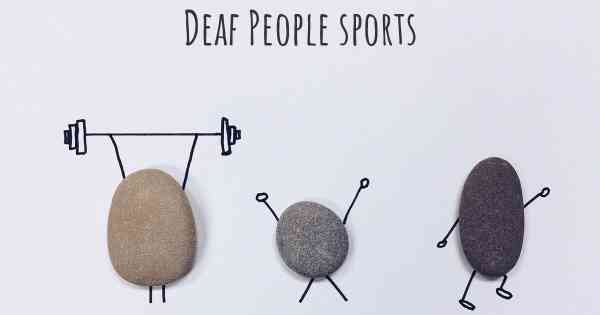
Is it advisable to do exercise when affected by Deaf People?
Yes, it is absolutely advisable for individuals affected by deafness to engage in regular exercise. Exercise offers numerous physical and mental health benefits for everyone, regardless of their hearing abilities. Regular physical activity can improve cardiovascular health, strengthen muscles and bones, boost mood, reduce stress, and enhance overall well-being.
Which activities would you suggest and how intense should they be?
The choice of activities depends on personal preferences, fitness level, and any specific physical limitations. Here are some exercise suggestions that can be enjoyed by individuals affected by deafness:
1. Walking or Running: Walking or running is a great way to get started with exercise. It can be done outdoors or on a treadmill, and the intensity can be adjusted based on individual fitness levels. Walking or running can improve cardiovascular health, strengthen leg muscles, and help maintain a healthy weight.
2. Cycling: Cycling is a low-impact exercise that can be enjoyed outdoors or indoors on a stationary bike. It helps improve cardiovascular fitness, leg strength, and overall endurance. Cycling can be done individually or as part of a group, making it a social and enjoyable activity.
3. Swimming: Swimming is a fantastic exercise option for individuals affected by deafness. It is a low-impact activity that works the entire body, providing cardiovascular benefits, muscle toning, and improved flexibility. Many swimming pools offer sign language interpreters or visual cues to ensure effective communication during swimming lessons or group sessions.
4. Yoga: Yoga is a gentle exercise that focuses on flexibility, strength, and relaxation. It can be practiced at home or in a group setting, and modifications can be made to accommodate different fitness levels. Yoga helps improve balance, posture, and overall body awareness, promoting a sense of calm and well-being.
5. Group Fitness Classes: Joining group fitness classes such as aerobics, dance, or martial arts can be a fun and social way to stay active. Many fitness centers and studios provide visual cues or sign language interpreters to ensure effective communication during classes. These classes offer a variety of intensity levels, allowing individuals to choose the level that suits their fitness abilities.
6. Strength Training: Incorporating strength training exercises into a fitness routine can help build muscle strength, increase bone density, and improve overall body composition. Strength training can be done using free weights, resistance bands, or weight machines. It is important to start with lighter weights and gradually increase intensity to avoid injury.
7. Outdoor Activities: Engaging in outdoor activities such as hiking, kayaking, or rock climbing can provide both physical and mental health benefits. These activities can be enjoyed individually or with a group, and they offer opportunities to connect with nature and explore new environments.
When determining the intensity of exercise, it is important to consider individual fitness levels and any underlying health conditions. It is recommended to start with moderate-intensity activities and gradually increase the duration and intensity over time. The American Heart Association suggests aiming for at least 150 minutes of moderate-intensity aerobic activity or 75 minutes of vigorous-intensity aerobic activity per week, along with strength training exercises at least twice a week.
In conclusion, individuals affected by deafness can and should engage in regular exercise for their overall health and well-being. The choice of activities should be based on personal preferences and physical abilities. It is important to start slowly and gradually increase the intensity of exercise over time. Remember to consult with a healthcare professional or fitness instructor to ensure a safe and effective exercise routine.
